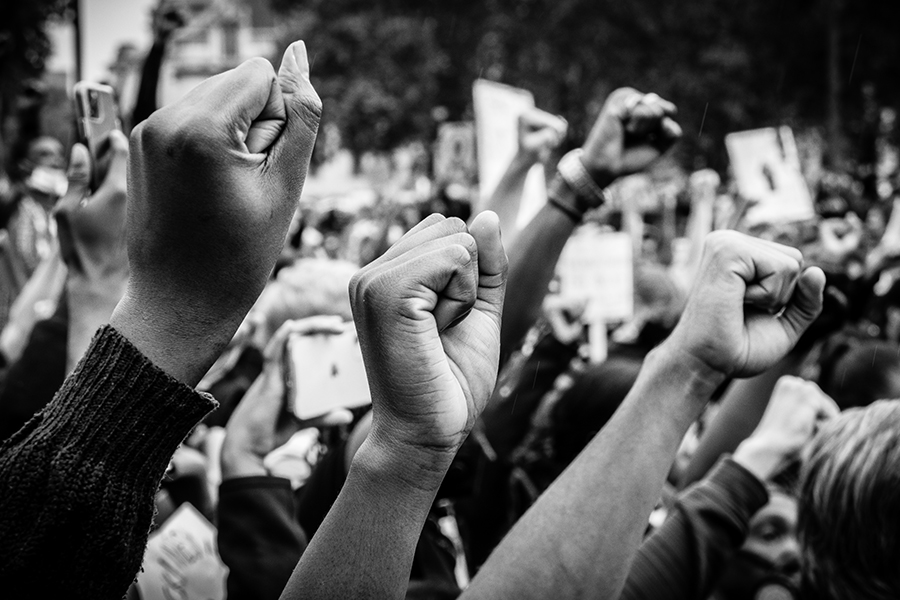
This study found that online activism increased in recent years; yet, the movement conducted most of its campaigns offline, with social media used to exercise geographic reach, amplify messaging, and pressure government and corporate interests.
Authors
Rajdeep Pakanati, Associate Professor, Jindal School of International Affairs, O.P. Jindal Global University, Sonipat, Haryana, India.
Jeannine E. Relly, The University of Arizona, USA.
Summary
This research studied the dynamics of online and offline activism among networks of organizations and social activists across India involved in the globally recognized Right to Information movement.
Our overarching research question examined how a network of organizations and activists grew global, national, and local collective action strength, outreach capacity, and recognition for their grassroots innovations online and offline in a landscape of digital inequality.
This qualitative study, which used a purposive sample of activists and organization representatives (N = 72) and supplementary data, found that online activism increased in recent years; yet, the movement conducted most of its campaigns offline, with social media used to exercise geographic reach, amplify messaging, and pressure government and corporate interests.
The movement built collective strength online and offline through unifying cross-cutting campaigns, innovations, and cross-network alliances with diverse constituents. It also sustained initiatives that built broad-based inclusive relationships across Indian society that became known around the world.
Published in: International Journal of Communication
To read the full article, please click here.


